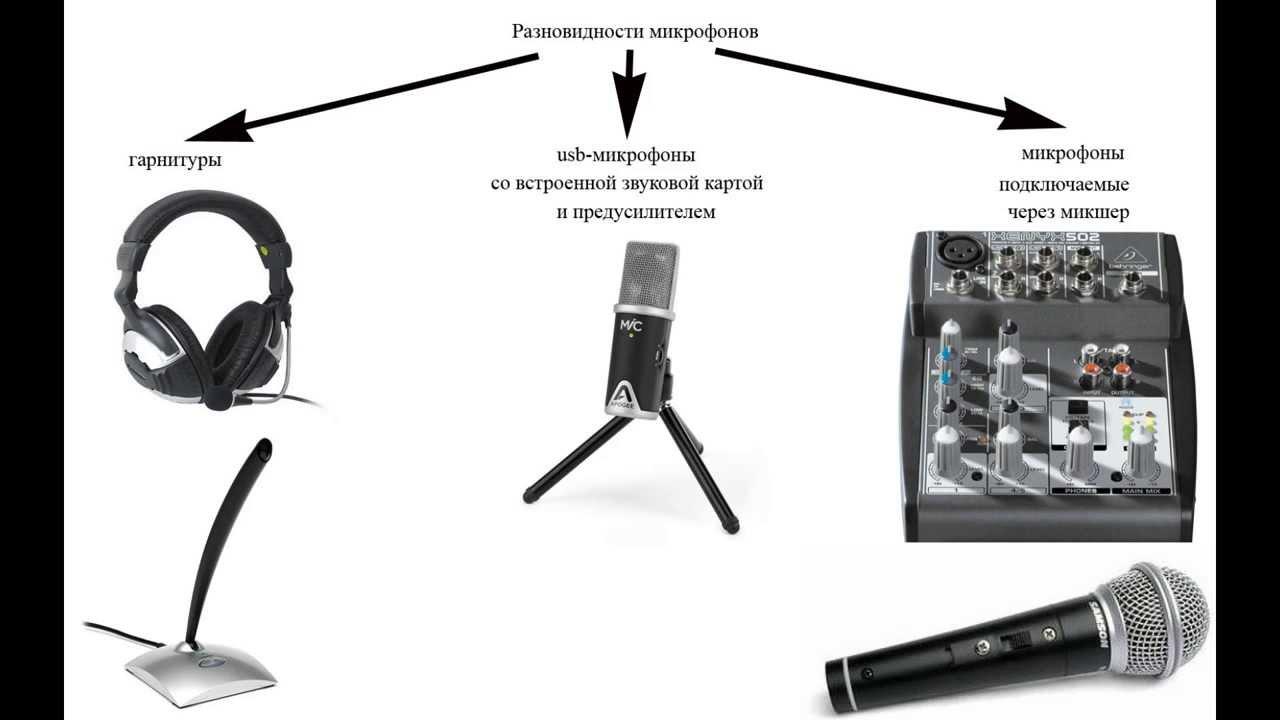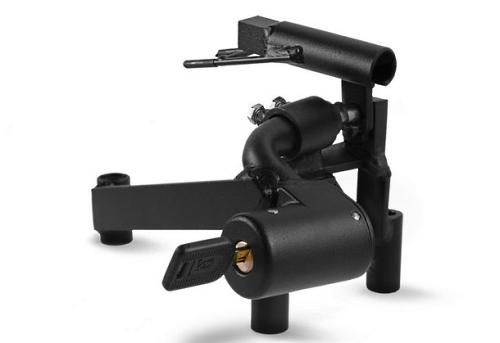
Microphone selection
Content
The key to a good microphone recording is to correctly set up the sound source in relation to the microphone and the acoustics of the room in which you are recording. In this context, the directional pattern of the microphone becomes decisive.
It is generally considered that where interior acoustics are not an advantage, we use bud microphones, which are much less sensitive to sounds from the side and rear. However, one must remember about their proximity effect, i.e. setting low tones as the microphone approaches the sound source. Therefore, microphone placement will require some experimentation in this regard.
If we have a room with acoustics that we would like to include in our shot, round microphones that have almost the same sensitivity to signals coming from all directions work best. Eight-note microphones, on the other hand, completely ignore sounds from the side, only responding to sounds from the front and back, making them suitable for rooms where only a portion of the room's acoustics are optimal in terms of sound.
Reading characteristics
Using the frequency and directional response of the AKG C-414 condenser microphone as an example, let's now see how to read these types of graphs. They are very important to us because they allow us to predict the behavior of a microphone in a particular situation.
The characteristic shows the signal level at the microphone output depending on the frequency of the acoustic signal. Looking at it, we see that in the range up to 2 kHz it is quite even (green, blue and black curves show the characteristics after turning on the low-pass filter of different frequencies). The microphone picks up frequencies a little in the 5-6kHz range and shows a reduction in efficiency above 15kHz.
The directional characteristic, i.e. a kind of graph of microphone sensitivity, seen from a bird's eye view. The left side of the graph shows the directional characteristic for frequencies from 125 to 1000 Hz, and the same for the range from 2 thousand to the right. up to 16k Hz (these types of characteristics are usually symmetrical, so there is no need to represent a second semicircle). The lower the frequency, the more round the pattern becomes. As the frequency increases, the characteristic narrows and the sensitivity to signals coming from the side and from behind drops sharply.
What an interior, such a microphone
The use of so-called Acoustic microphone shields does not affect the sound of the microphone so much as it allows to reduce the level of the signal reflected from the walls in the room, and thereby help to neutralize the sound characteristics of an interior of little interest in this respect.
If your studio is filled with a lot of dampening materials - heavy curtains, carpets, fluffy chairs, etc. - you will end up with a dry and muffled sound. This does not mean that such rooms are not suitable for recording, for example, vocals. There are many producers who deliberately record their voice in such rooms, leaving themselves behind to artificially create the desired space using digital effects processors. However, it is worth knowing that this type of space can cause significant discomfort to the work of singers, which is certainly not conducive to a good recording. Vocalists like to feel "a little air" around them, which is why some singers prefer to sing in large rooms.
Some microphones are better suited to specific applications than others, so it's worth considering which microphones to use before you start recording. Factors to be taken into account include the bandwidth and sonic characteristics of the sound source, as well as the maximum level of pressure they generate. Sometimes the economic factor is also at stake - you should not use expensive microphones for those sound sources where a cheaper and easily accessible analogue is quite enough.
Vocals and guitars
When recording vocals, most sound engineers prefer large diaphragm condenser microphones with a kidney response. Ribbon microphones are increasingly being used for this purpose. It's also worth trying to see how your vocals would sound with a regular dynamic microphone like the Shure SM57/SM58. The latter can be used in studio situations where very loud and harsh vocals are recorded, such as in rock, metal or punk music.
In the case of guitar amp recording, dynamic microphones are by far the best solution, although some sound engineers use both small diaphragm condenser models and classic large diaphragm microphones.
As in the case of vocals, ribbon microphones have been increasingly used for some time now, which, without exaggerating the exposure of high frequencies, allow you to make an effective shot in the bass and mids. In the case of a ribbon microphone, its correct position is of particular importance - the fact is that it cannot be placed parallel to the plane of the loudspeaker, as this can cause low-frequency distortion, and in extreme cases even damage the ribbon microphones (microphones of this type are very sensitive to the plane of the speakers). straight hits).
Bass recording is usually done in a two-way way - line-in, i.e. directly from the instrument, and using a microphone attached to an amplifier, while large-diaphragm condenser microphones and dynamic microphones are also often used for microphone recordings. In the latter case, producers like to use mics designed for kick drums, whose characteristics also work well for bass recording.
Acoustic guitar
The AKG C414 series microphones are some of the most versatile microphones on the market. They offer five switchable directional characteristics.
Both the acoustic guitar and other stringed instruments are among the most elegant and at the same time the most difficult to record sound sources. In their case, dynamic mics don't exactly work, but recordings with condenser mics—both large and small diaphragms—usually work well. There is a large group of sound engineers who use ribbon mics for such sessions, but not all of them are good at handling these situations. For the best sounding guitar, two microphones should be used - one with a large diaphragm that can be mounted a certain distance from the instrument to avoid excessive bass sounds coming through the sound hole of the box, and a small diaphragm that is usually aimed at the twelfth fret of the guitar.
Practice shows that in home studio conditions, small diaphragm microphones are the best solution, as they provide adequate clarity and sound speed. Positioning is also not as problematic as large diaphragm mics. The latter, on the contrary, are ideal in a professional recording studio, in rooms with optimal acoustics. Acoustic guitars recorded this way usually sound incredibly clear, with just the right amount of depth and definition.
Wind instruments
When recording wind instruments, the ribbon microphone is the clear favorite of most sound engineers. Since room response is so important in the sound of this type of instrument, its octal directional characteristics and a specific sound that does not exaggerate high tones work very well here. Large diaphragm condenser microphones can also be used, but models with an octal response (switchable microphones are the most common) should be selected. Tube mics work well in these situations.
piano
an instrument rarely recorded in a home studio. It is worth knowing that his correct approach is a real art, mainly due to the large area on which the sound is produced, the wide frequency range and dynamics. For piano recordings, small and large diaphragm condenser microphones are most commonly used, and two omnidirectional microphones, slightly away from the instrument, with the lid up, give good results. The condition, however, is good acoustics of the recording room. Next month, we'll look at ways to record acoustic drums from a microphone. This topic is one of the most discussed aspects of studio work.
